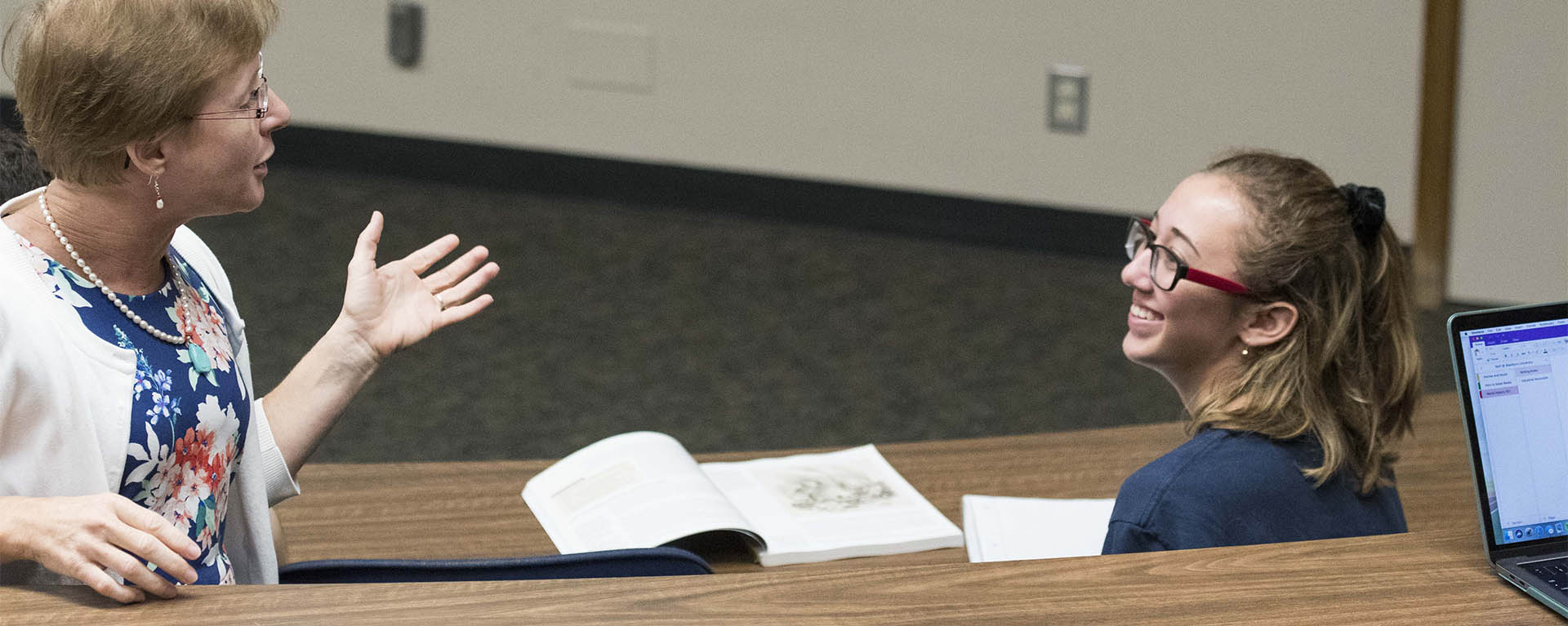
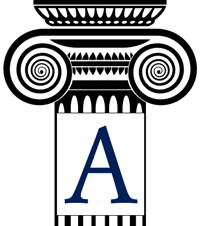
Assessment
Assessment of teaching and learning includes strategies that…
- Provide and rely on clear explanations of standards/criteria for good teaching and learning, such as using clear rubrics.
- Address the structure for teaching and learning, including the review and revision of instruction.
- Address student learning outcomes, including assessment of student mastery in both lower and higher level thinking and skills.
- Integrate and document critical self-reflection.
- Allow students, faculty, and staff to obtain and provide feedback that is nonjudgmental and includes suggestions for improvement with sufficient time and opportunities to make suggested improvements (i.e. formative assessment).
- Encourage faculty and staff to engage in scholarly teaching that incorporates systematic methods, literature, and data-driven methods.
- Recognize the importance and effects of teaching context (e.g., online, experiential).
- Result in alignment of learning outcomes within a course and within an educational program.
- Shares evidence of student learning to cultivate a culture of improvement.
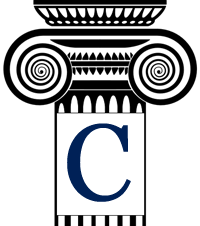
Community Engaged Learning
Community-Engaged Learning is the broad term used to encompass a specific form of experiential education in which students engage in mentored activities to address community needs that are intentionally designed to promote student learning and development. This is accomplished through curricular and co-curricular opportunities that incorporate community engagement in the following ways:
- encouraging civic responsibility and critical reflection
- fostering community-based scholarship
- emphasizing civic engagement
- promoting collaboration with community partners
- meeting academic and/or student development goals
- advancing the community partners’ missions
View more Community Engaged Learning Pillar information on CTEL's D2L page
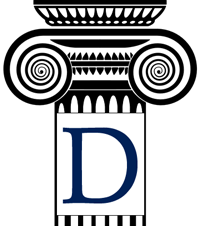
Diversity and Inclusion
Washburn defines diversity broadly to encompass gender, race, ethnicity, socioeconomic class, sexual orientation and identity, disability, age, religion and national origin. Since the classroom is foundational to the culture of a university, a valuing of diversity will spill out into other aspects of the Washburn community and create a more welcoming and inclusive campus.
Diverse learning environments attend to social characteristics such as Race/Ethnicity (R/E), Gender (G), Social Class (SC), Ability (A), Sexuality (SX), Culture (C) and Geographic Location (GL), and the intersection among and between various social characteristics. Resources that follow are coded to indicate information on these social characteristics.
Attention to diversity in the process of teaching and learning results in a teaching and learning environment where:
- students’ diverse learning needs are incorporated into the teaching/learning process;
- students develop an appreciation for and understanding of the various cultures represented in the classroom;
- faculty teach to the perspectives and experiences of a diverse society;
- students learn to be sensitive to issues of power, privilege, and inclusion;
- faculty, staff, and students learn to recognize and respond to biases they may have developed over time;
- staff, faculty and students demonstrate sensitivity to evolving, unbiased terminology that refers to specific ethnic and cultural groups;
- faculty, staff, faculty and students develop intercultural competence that prepares them to live and work in a diverse and global community.
View more Diversity and Inclusion Pillar information on CTEL's D2L page
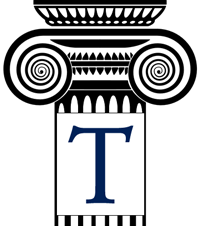
Technology
There are numerous technological tools that faculty can use to enhance student learning both inside and outside the classroom. When integrated effectively classroom technologies can strengthen learning activities, engage students, and provide students with an opportunity to communicate, collaborate, and create knowledge.
Certificate
GET IN TOUCH WITH CTEL
Center for Teaching Excellence & Learning
Morgan Hall room 204
1700 SW College Ave.
Topeka, KS 66621
Phone & Email
785.670.2835
ctel@washburn.edu

